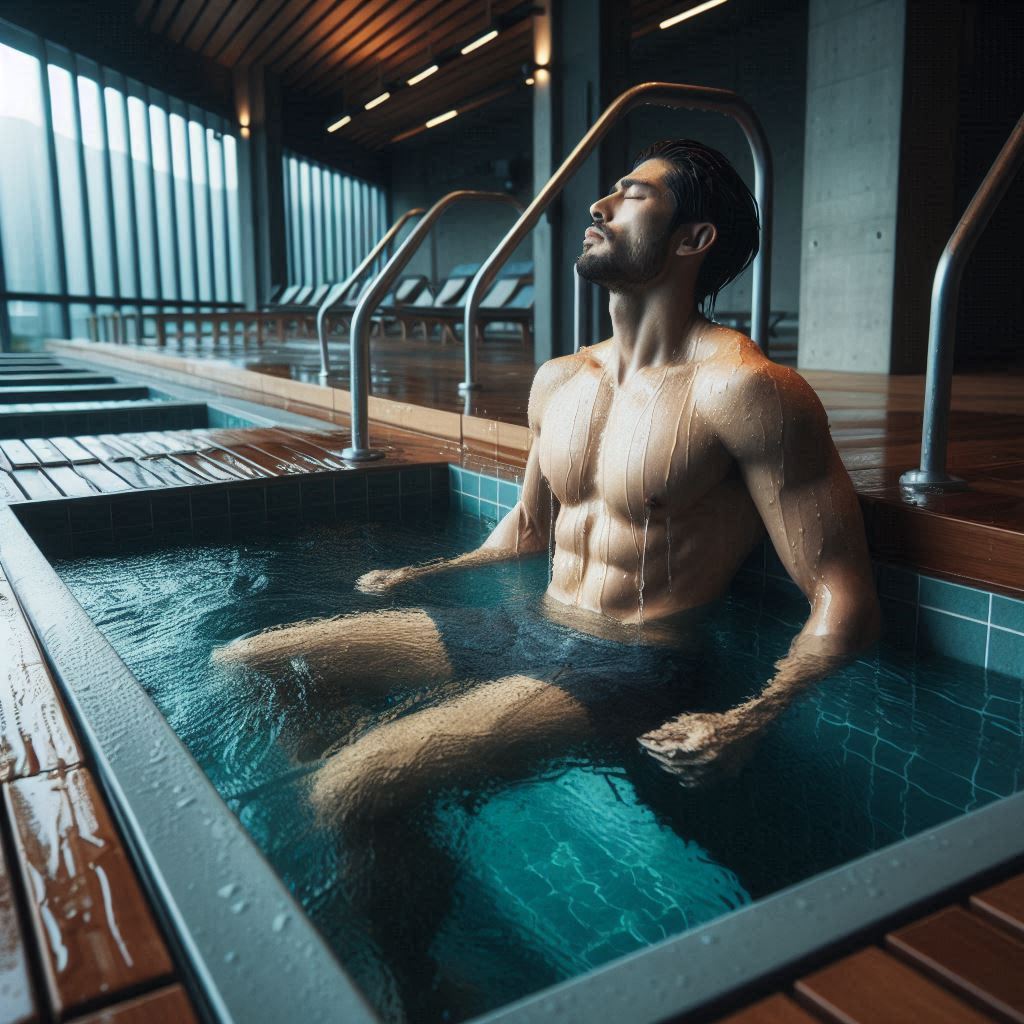
Why Cold Recovery Get Chiller Sizing Wrong
Why Cold Recovery Gets Chiller Sizing Wrong
Pool heating is well-documented, with numerous tools and resources available to calculate requirements. However, many pool equipment suppliers rely on manufacturer data without fully understanding how heating systems function.
Manufacturers often provide a kW rating based on nominal conditions and a suggested pool size range, but this generalised approach frequently leads to undersized heaters being sold. For instance, a pool in Tasmania requires far more heating than one in Townsville, yet many companies fail to adjust for climate differences, resulting in incorrect heater selection.
Why Chiller Sizing Is More Complex
Unlike heating, cold plunge pools are a relatively new trend with no standardised guidelines for chiller sizing. Many pool shops and cold plunge equipment suppliers incorrectly apply heating logic, assuming a 10 kW heater requires an equivalent 10 kW chiller, which is not the case.
Proper chiller sizing requires a far more detailed approach, factoring in several crucial elements:
Key Steps for Chiller Sizing
- Assess Pool Specifications – Consider material, thickness, surface area, and volume to determine base heat load.
- Evaluate Heat Loss Factors – Account for insulation, covers, ambient temperatures, and dissipation methods affecting cooling efficiency.
- Understand Bather Load – Each bather introduces heat into the water, significantly impacting cooling capacity.
Unlike heating, where external climate dictates requirements, bather load dominates chiller sizing. Ignoring this factor often leads to rapid temperature increases and ineffective cooling performance.
How This Is Calculated
- Determine the pool’s base heat load, including heat gained through surface area, wall surface areas and pool volume.
- Analyse peak bather load—each person adds 282.5W to 405.5W, depending on pool temperature (386W on average for an ice bath). The colder the pool, the greater the heat impact per user. A very hot bather from a spa could even raise this higher.
- Factor in skin temperature recovery—human skin loses 80% of surface heat in the same number of minutes spent in an ice bath as the temperature of the pool. 5 5-degree pool is 5 minutes. After this time, hypothermia may set in (From Studies on Hypothermia). If a bather reheats in a spa and re-enters the ice bath, they reintroduce heat into the pool.
Since bather load alone is insufficient, we calculate entries per hour to build a comprehensive ice pool profile, ensuring the correct chiller selection
Mark
